New Zealand, an island country in the southwestern Pacific Ocean, is celebrated for its diverse landscapes, rich cultural tapestry, and remarkable biodiversity.
While its North and South Islands are the most well-known, New Zealand’s vast archipelago offers an array of unique ecosystems, wildlife sanctuaries, and cultural experiences waiting to be explored, all within the region of Oceania.
Table of Contents
How Many Islands Does New Zealand Have?
New Zealand‘s archipelago, which makes it the sixth-largest island country in the world, includes over 600 islands, ranging from expansive landmasses to tiny, uninhabited islets.
The two primary islands—aptly named North Island (Te Ika-a-Māui) and South Island (Te Waipounamu)—comprise the majority of the country’s land area and are home to most of its population.
Stewart Island (Rakiura), the third-largest, lies just south of the South Island, while the Chatham Islands, situated eastward, offer a glimpse into ancient ecosystems and a thriving Māori community.
North Island (Te Ika-a-Māui)
The North Island, known for its geothermal landscapes, vibrant cities, and lush native forests, is the cultural heartland of the Māori people.
Home to the nation’s capital, Wellington, and the largest city, Auckland, this island is a blend of modernity and tradition. The Bay of Islands, Rotorua’s thermal springs, and Tongariro National Park’s volcanic peaks showcase the island’s geographical diversity.
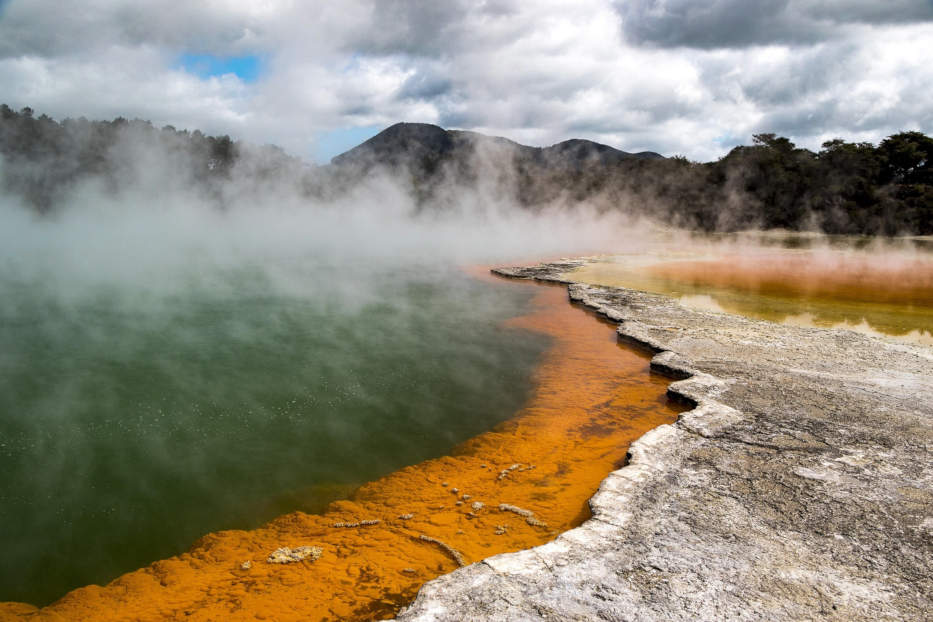
Notable islands off the North Island include:
- Great Barrier Island: Located northeast of Auckland, this rugged sanctuary is known for its native birdlife, remote hiking trails, natural hot springs, and some of the world’s best stargazing as part of a designated dark-sky sanctuary.
- Waiheke Island: Just a ferry ride from Auckland, this island blends boutique vineyards, olive groves, and a thriving arts scene with beautiful beaches and coastal walks.
- Kāpiti Island: A predator-free nature reserve where visitors can encounter rare birds such as the kākā, takahē, and kiwi, along with learning about local Māori heritage.
- Rangitoto Island: A volcanic cone rising out of the Hauraki Gulf, offering panoramic views of Auckland from its summit.
- Matakana Island: Located in the Bay of Plenty, known for its long sandy beaches, pine forests, and rich Māori culture.
South Island (Te Waipounamu)
Famed for its dramatic mountains, fjords, and glaciers, the South Island is a paradise for outdoor enthusiasts. The Southern Alps, running the length of the island, form a rugged backbone, while the coastlines offer stunning vistas of turquoise waters and wildlife.
Christchurch, Queenstown, and Dunedin serve as urban gateways to adventures ranging from alpine hiking to marine wildlife encounters. Nearby, the Marlborough Sounds offer a labyrinth of sheltered inlets and coves, perfect for kayaking and marine exploration.
Further south, the rugged Fiordland National Park presents iconic landscapes like Milford Sound, celebrated for its sheer cliffs and cascading waterfalls.
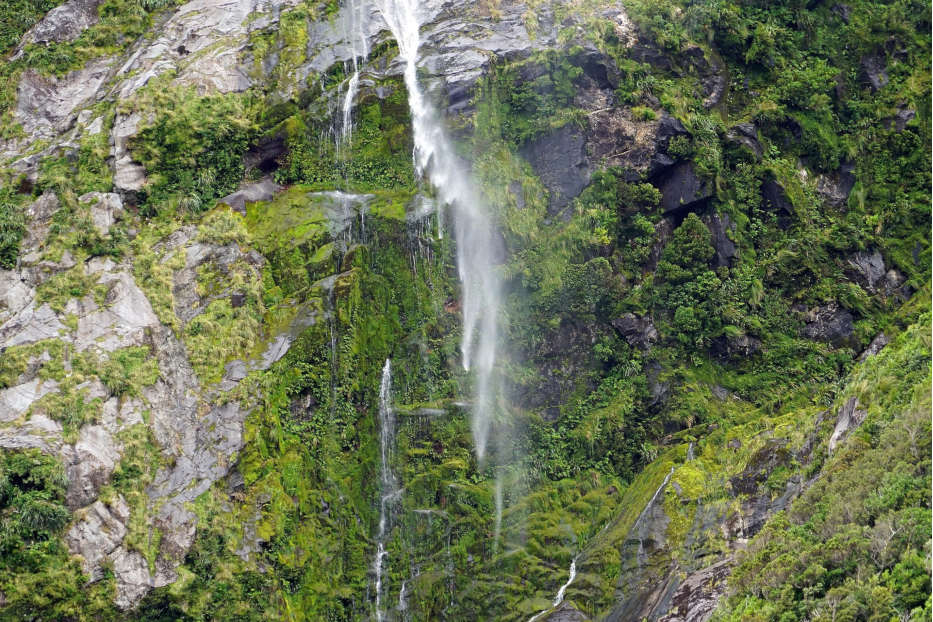
The west coast’s rugged beaches and rainforests contrast with the drier east, where the Otago Peninsula shelters rare yellow-eyed penguins.
Notable islands off the South Island include:
- D’Urville Island: A remote wilderness paradise with dense native bush and marine life, located in the Marlborough Sounds.
- Ulva Island: Part of Rakiura National Park, renowned for its bird sanctuary and untouched native forest.
- The Poor Knights Islands: Off the northeastern coast, these islands are a marine reserve and world-class diving site, home to underwater arches, caves, and vibrant sea life.
Stewart Island (Rakiura)
Often overlooked by tourists, Stewart Island is a sanctuary for native birdlife and an immersive escape into New Zealand’s natural heritage. Its dense rainforests and sandy coves are perfect for birdwatching, with the iconic kiwi frequently spotted here.
The island’s Māori name, Rakiura, translates to ‘glowing skies,’ reflecting the spectacular southern lights visible on clear nights.
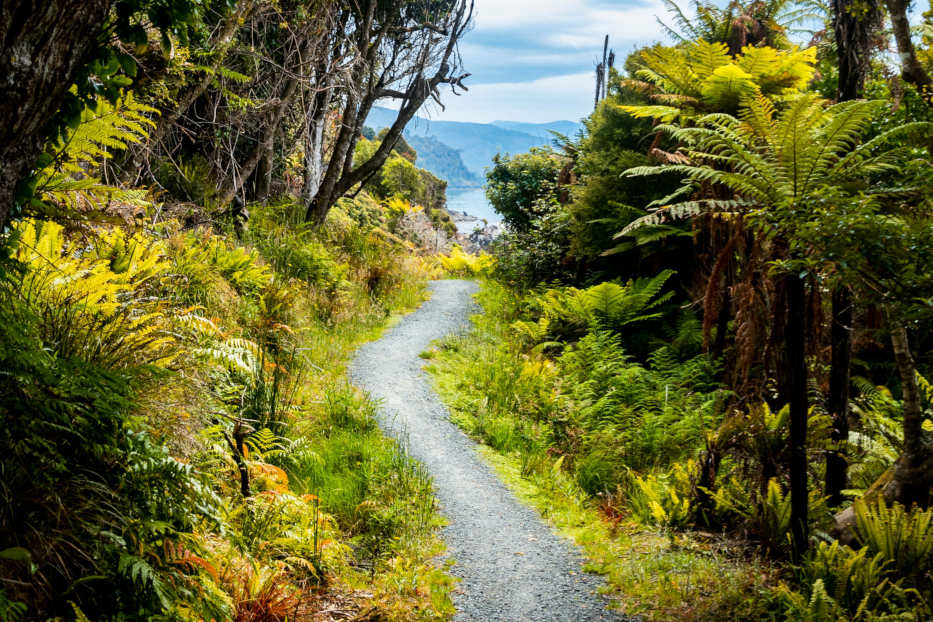
The Rakiura Track, one of New Zealand’s Great Walks, offers a multi-day hiking experience through coastal forests and across secluded beaches.
Chatham Islands
The remote Chatham Islands, located around 800 kilometers (500 miles) east of the mainland, are known for their rugged coastlines, rare bird species, and the strong presence of Moriori and Māori cultures.
The islands’ isolation has fostered unique flora and fauna, including the Chatham Island black robin—a conservation success story. Pitt Island, the second largest in the group, is a rugged landscape where native plants and seabirds thrive.
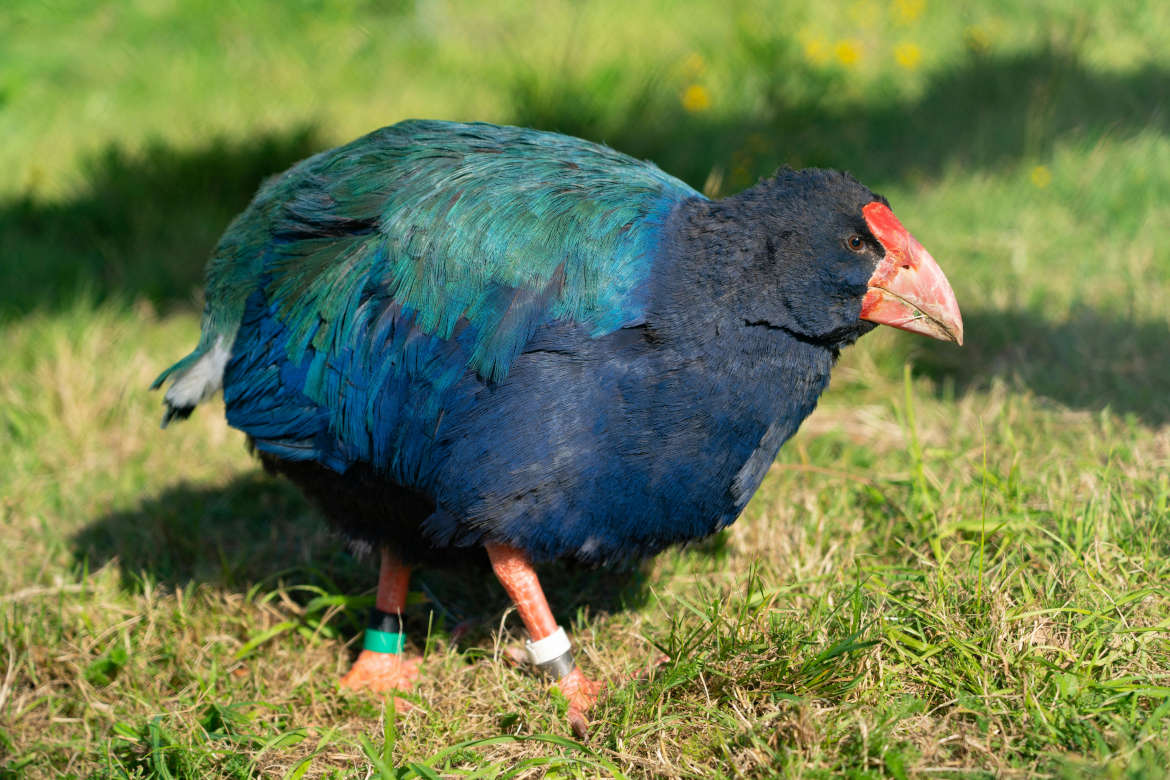
The Flightless Birds That Call New Zealand Home
With no native land mammals, except for a few species of bats, birds have truly shaped New Zealand’s landscapes, many even choosing to abandon flight.
Subantarctic Islands
The New Zealand Subantarctic Islands, a UNESCO World Heritage Site, are a remote and ecologically significant group of islands in the Southern Ocean, south of New Zealand. These islands—Auckland, Campbell, Antipodes, Bounty, and the Snares—are home to unique wildlife, including albatrosses, penguins, endemic parakeets, and the rare New Zealand sea lion.
Harsh, windswept, and largely uninhabited, they feature dramatic landscapes, rich marine ecosystems, and vibrant megaherbs. Strictly protected, these islands serve as vital breeding grounds for seabirds and marine mammals, with conservation efforts ensuring their pristine nature remains undisturbed.
Biodiversity and Natural Wonders
New Zealand’s islands are biodiversity hotspots, shaped by millions of years of geographic isolation and diverse climatic conditions. From the lush rainforests of Stewart Island to the marine reserves surrounding the Poor Knights Islands, the country’s ecosystems are home to a vast array of unique flora and fauna.
Native species like the iconic kiwi, the ancient tuatara, and the mighty kauri trees hold immense ecological and cultural significance.
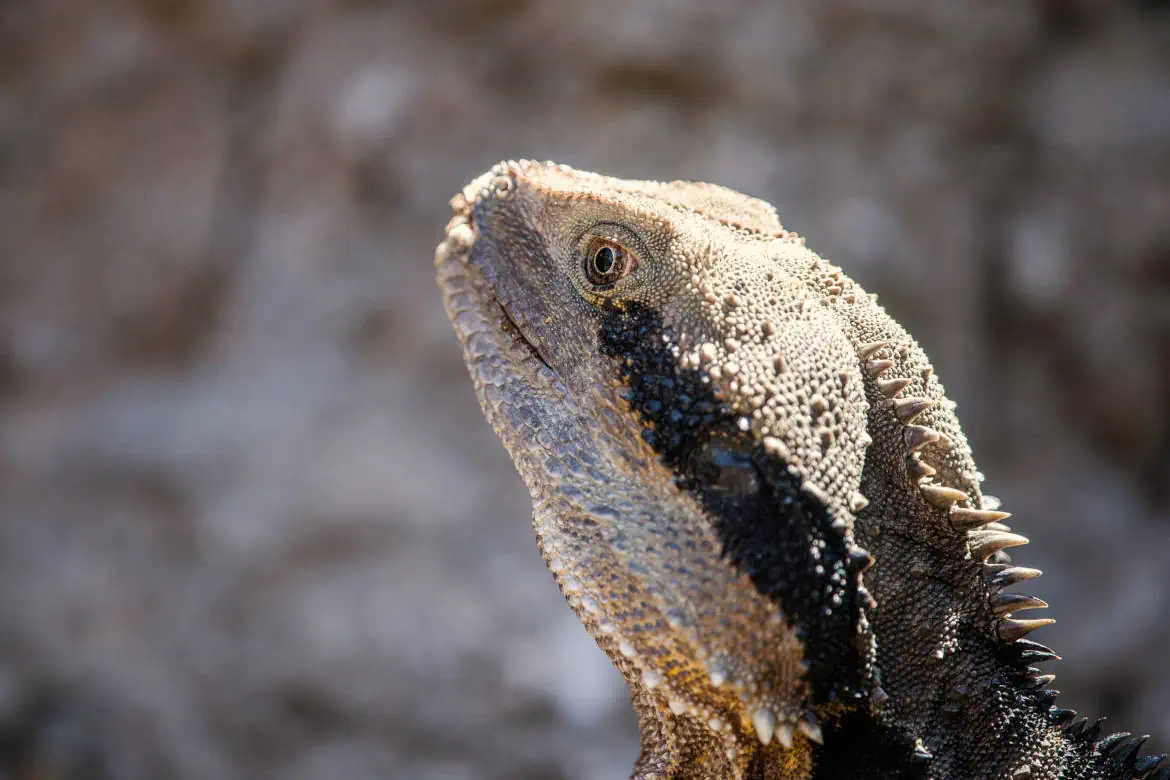
The Ancient Tuatara Is New Zealand’s Living Fossil
A rare jewel of evolution, the tuatara exists only in New Zealand, a living link to an ancient Earth that dates back around 250 million years.
Conservation efforts, spearheaded by both local iwi (tribes) and the Department of Conservation, include habitat restoration, predator control, and protecting endemic species from invasive threats.
The commitment to preserving natural heritage is evident in projects like the reintroduction of endangered birds to predator-free sanctuaries on islands such as Kāpiti and Ulva.
Māori Culture and Connection to the Land
For the Māori, the islands of New Zealand are more than just landscapes; they are ancestors and living entities. The concept of kaitiakitanga (guardianship) underscores the responsibility to protect and respect nature. Visitors can engage with this perspective through guided cultural tours, marae visits, and participating in traditional practices like waka (canoe) paddling and poi dance.
